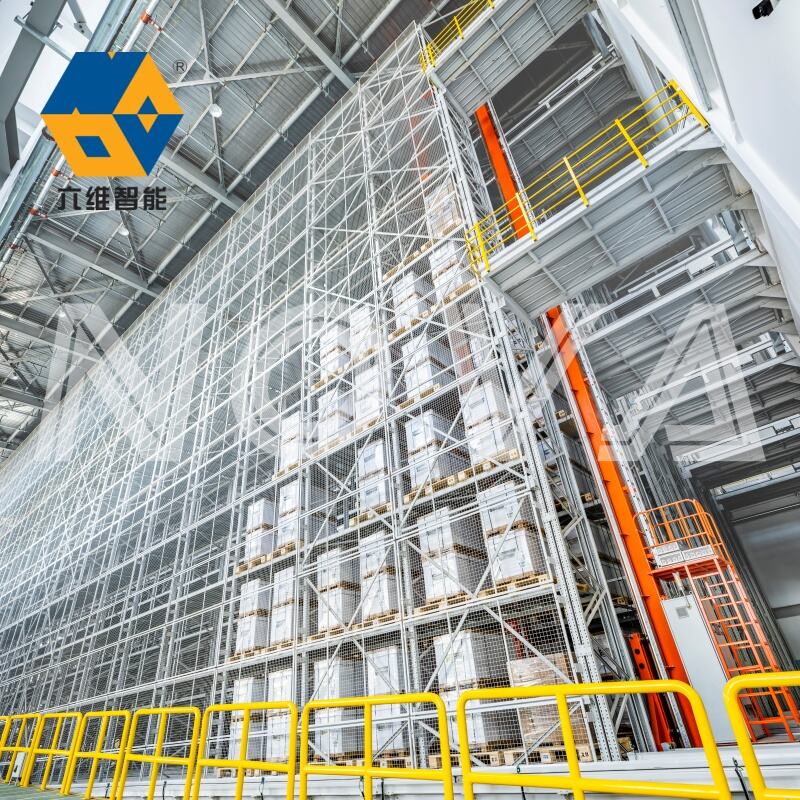pallet asrs
A Pallet Automated Storage and Retrieval System (ASRS) represents a cutting-edge warehousing solution that revolutionizes how businesses handle, store, and retrieve palletized goods. This sophisticated system combines advanced robotics, computer control systems, and precise automation to manage inventory with unprecedented efficiency. The system typically consists of storage racks, automated cranes, conveyors, and a warehouse management system that orchestrates all operations. Within the storage structure, automated cranes traverse aisles vertically and horizontally, accessing storage locations with pinpoint accuracy to deposit or retrieve pallets as needed. The system utilizes advanced sensors and positioning technology to ensure precise movements and safe handling of goods, while the integrated warehouse management software maintains real-time inventory tracking and coordinates all storage and retrieval operations. Modern pallet ASRS installations can handle various pallet sizes and weights, operating in both single-deep and double-deep configurations, and can be customized to accommodate different building heights and space constraints. The system excels in high-density storage applications, maximizing vertical space usage while maintaining rapid access to inventory.

